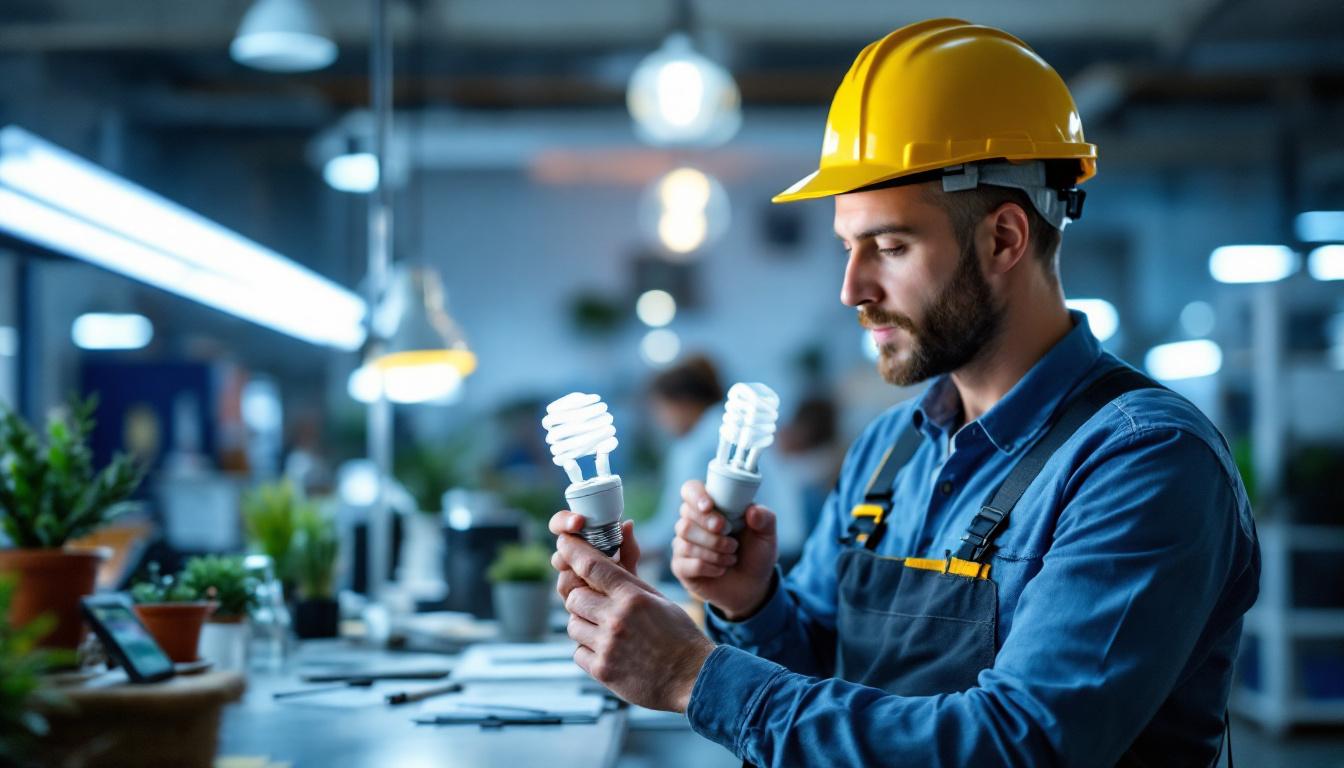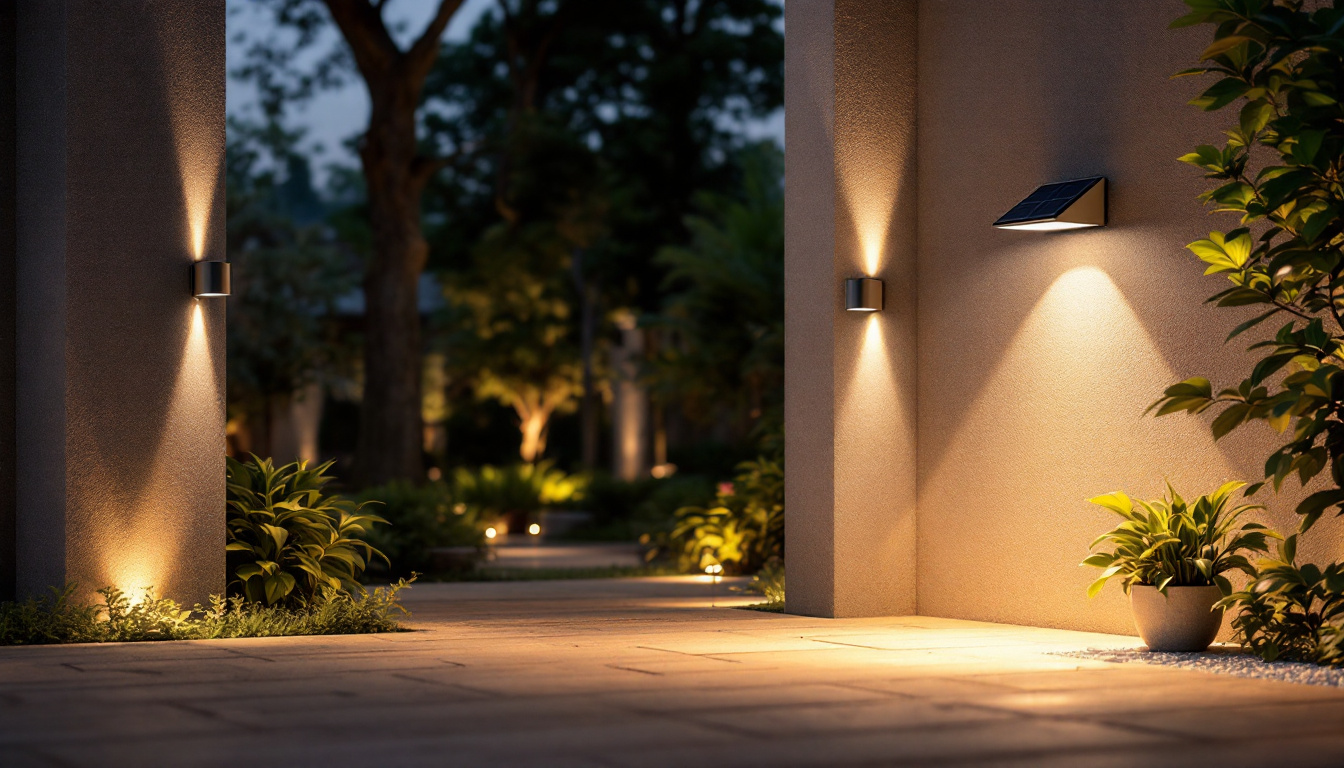
In the world of commercial and residential lighting, understanding the nuances of different bulb types is crucial for lighting contractors. Among the most common fluorescent bulbs are the T8 and T12 varieties. While they may seem similar at first glance, their differences can significantly impact performance, efficiency, and compatibility. This article delves into the interchangeability of T8 and T12 bulbs, offering essential do’s and don’ts for lighting contractors to ensure optimal lighting solutions for their clients.
Before discussing interchangeability, it’s essential to understand what T8 and T12 bulbs are and how they differ. The “T” in both names stands for “tubular,” while the number refers to the diameter of the bulb in eighths of an inch. Hence, a T8 bulb has a diameter of 1 inch (8 eighths), while a T12 bulb measures 1.5 inches (12 eighths).
The most apparent difference between T8 and T12 bulbs is their size. T8 bulbs are slimmer and more efficient, which allows for better energy consumption and higher light output per watt. This physical distinction also affects the fixtures they fit into; T8 bulbs typically require specific ballasts designed for their lower wattage and different electrical characteristics. Additionally, the design of T8 bulbs often includes a more advanced phosphor coating, which enhances color rendering and overall light quality, making them suitable for a variety of applications, from office spaces to retail environments.
In terms of energy efficiency, T8 bulbs are generally superior to T12 bulbs. T8 fluorescent lamps consume less power and produce more lumens per watt, making them a more environmentally friendly option. This efficiency not only benefits the environment but can also lead to lower energy costs for clients, making T8 bulbs a more attractive choice for many lighting projects. Moreover, the longer lifespan of T8 bulbs—often exceeding 20,000 hours—means less frequent replacements, further reducing maintenance costs and waste. As businesses and homeowners become increasingly conscious of their carbon footprints, the shift towards T8 bulbs is becoming more prevalent, especially in new construction and retrofitting projects.
The short answer is no; T8 and T12 bulbs are not directly interchangeable. While both types of bulbs may fit into similar fixtures, their electrical requirements and performance characteristics differ significantly. Attempting to use a T12 bulb in a T8 fixture or vice versa can lead to various issues, including flickering, reduced lifespan, and even potential damage to the ballast.
One of the primary reasons T8 and T12 bulbs cannot be interchanged is the difference in ballast requirements. T12 bulbs typically operate on magnetic ballasts, while T8 bulbs require electronic ballasts. Using the wrong ballast can lead to inefficient operation and may void warranties on the bulbs or fixtures. Therefore, it’s essential to ensure that the ballast matches the bulb type being used. Furthermore, electronic ballasts are generally more energy-efficient and offer better performance than their magnetic counterparts, which can lead to significant cost savings over time. This efficiency not only reduces electricity bills but also contributes to lower heat output, making T8 systems a more sustainable choice in the long run.
Another factor to consider is the light output and color temperature of the bulbs. T8 bulbs generally provide a brighter, more consistent light compared to T12 bulbs. Additionally, T8 bulbs are available in a wider range of color temperatures, allowing for more flexibility in design and application. This difference can impact the overall ambiance of a space, making it crucial for contractors to choose the right bulb for their specific project needs. For instance, a cooler color temperature can enhance productivity in office settings, while warmer tones may create a more inviting atmosphere in retail spaces. The ability to select the appropriate color temperature can significantly influence the mood and functionality of a room, making it an essential consideration in lighting design.
In addition to performance differences, energy efficiency is another critical aspect when comparing T8 and T12 bulbs. T8 bulbs consume less energy than T12 bulbs, leading to lower electricity costs and a reduced carbon footprint. This energy efficiency is particularly important in commercial settings where lighting can account for a substantial portion of energy usage. By opting for T8 bulbs, businesses can not only save on utility bills but also contribute to sustainability efforts, aligning with green building standards and practices. Moreover, as energy regulations become stricter, transitioning to T8 or even newer LED technologies may be a necessary step for compliance and to avoid potential fines.
When working with T8 and T12 bulbs, lighting contractors should adhere to specific best practices to ensure successful installations and satisfied clients. Here are some essential do’s to keep in mind.
Before making any changes or recommendations, it’s vital to assess the existing lighting setup. Determine whether the current fixtures are designed for T8 or T12 bulbs and evaluate the condition of the ballasts. This assessment will provide a clearer picture of what changes may be necessary and whether a complete retrofit is required. Additionally, consider the layout of the space and how the existing lighting affects visibility and ambiance. A thorough evaluation can reveal areas that may benefit from enhanced lighting or adjustments in fixture placement to optimize light distribution.
Given the energy efficiency and performance benefits of T8 bulbs, contractors should consider recommending an upgrade from T12 to T8 wherever feasible. This upgrade can lead to significant energy savings for clients and may qualify them for utility rebates or incentives aimed at promoting energy-efficient lighting solutions. Furthermore, T8 bulbs typically offer better color rendering, which can enhance the appearance of spaces, especially in retail or hospitality environments where aesthetics play a crucial role. Highlighting these additional benefits can help clients see the value in making the switch.
Educating clients on the benefits of T8 bulbs over T12 is essential for informed decision-making. Discuss the advantages of energy efficiency, longer lifespan, and improved light quality. By providing clients with comprehensive information, they can make choices that align with their needs and budget. Moreover, it’s beneficial to share insights on the environmental impact of switching to more efficient lighting solutions. Explain how reduced energy consumption not only lowers utility bills but also contributes to a smaller carbon footprint, aligning with many businesses’ sustainability goals. This approach not only empowers clients but also positions contractors as knowledgeable partners in their lighting projects.
While there are many best practices to follow, there are also common pitfalls that lighting contractors should avoid. Here are some don’ts to keep in mind when working with T8 and T12 bulbs.
One of the most significant mistakes contractors can make is assuming that T8 and T12 bulbs can be used interchangeably. This assumption can lead to various issues, including flickering lights, reduced efficiency, and potential damage to fixtures and ballasts. Always verify compatibility before proceeding with installations.
Another critical aspect to consider is compliance with local codes and regulations. Many regions have specific guidelines regarding energy efficiency and lighting standards. Ignoring these regulations can lead to fines and project delays. Always stay informed about local requirements and ensure that all installations meet these standards.
When upgrading from T12 to T8 bulbs, it’s essential to assess fixture compatibility. Not all fixtures designed for T12 bulbs can accommodate T8 bulbs without modifications. Ensure that the fixtures are rated for T8 use or be prepared to replace or retrofit them as necessary.
For contractors looking to upgrade existing T12 installations to T8, retrofitting is often the most effective solution. This process involves replacing the existing T12 bulbs and ballasts with T8-compatible components. Here’s a closer look at how to approach retrofitting.
Before beginning the retrofitting process, evaluate the current fixtures to determine if they can accommodate T8 bulbs. Check the dimensions and ballast compatibility. In some cases, it may be necessary to replace the entire fixture, especially if it is outdated or in poor condition.
When retrofitting to T8 bulbs, selecting the appropriate electronic ballast is crucial. Ensure that the ballast is compatible with the wattage and type of T8 bulbs being installed. Using the correct ballast will maximize performance and energy efficiency while minimizing the risk of flickering or other issues.
During installation, follow best practices to ensure a smooth transition. Turn off power to the fixtures before beginning work, and carefully remove the old T12 bulbs and ballasts. Install the new T8 ballast according to manufacturer specifications, and ensure that all wiring is secure. Finally, install the T8 bulbs and test the system to confirm proper operation.
Understanding the differences between T8 and T12 bulbs is essential for lighting contractors aiming to provide optimal solutions for their clients. While these bulbs may seem interchangeable, their unique characteristics necessitate careful consideration when making recommendations or installations.
By adhering to best practices, educating clients, and ensuring compliance with local regulations, contractors can enhance their service offerings and contribute to more energy-efficient lighting solutions. Ultimately, making informed choices about T8 and T12 bulbs will lead to satisfied clients and successful projects.
In the ever-evolving world of lighting technology, staying informed about the latest advancements and best practices is crucial for lighting contractors. As the industry continues to shift towards more energy-efficient solutions, understanding the nuances of bulb types will remain a vital aspect of delivering quality lighting services.
Ready to elevate your lighting projects with high-quality, spec-grade solutions? Look no further than LumenWholesale, where we offer an extensive selection of premium lighting products at unbeatable wholesale prices. Say goodbye to inflated markups and hello to superior performance and reliability for all your T8 and T12 lighting needs. With free shipping on bulk orders, you can trust that you’re getting the best value without any hidden fees. Make the smart choice for your lighting contracts and experience the best in wholesale lighting at the best value today.

Discover the frequent pitfalls lighting contractors encounter when installing wall-mounted outdoor solar lights.

Unlock exclusive savings with our comprehensive guide to Lightbulbs.Com discount codes, tailored specifically for lighting contractors.

Explore the impact of natural and artificial lighting on heat production and discover how lighting contractors can leverage this knowledge to enhance business opportunities.

Discover how high bay LED lights are revolutionizing the lighting industry, offering energy efficiency, enhanced illumination, and cost savings for contractors.